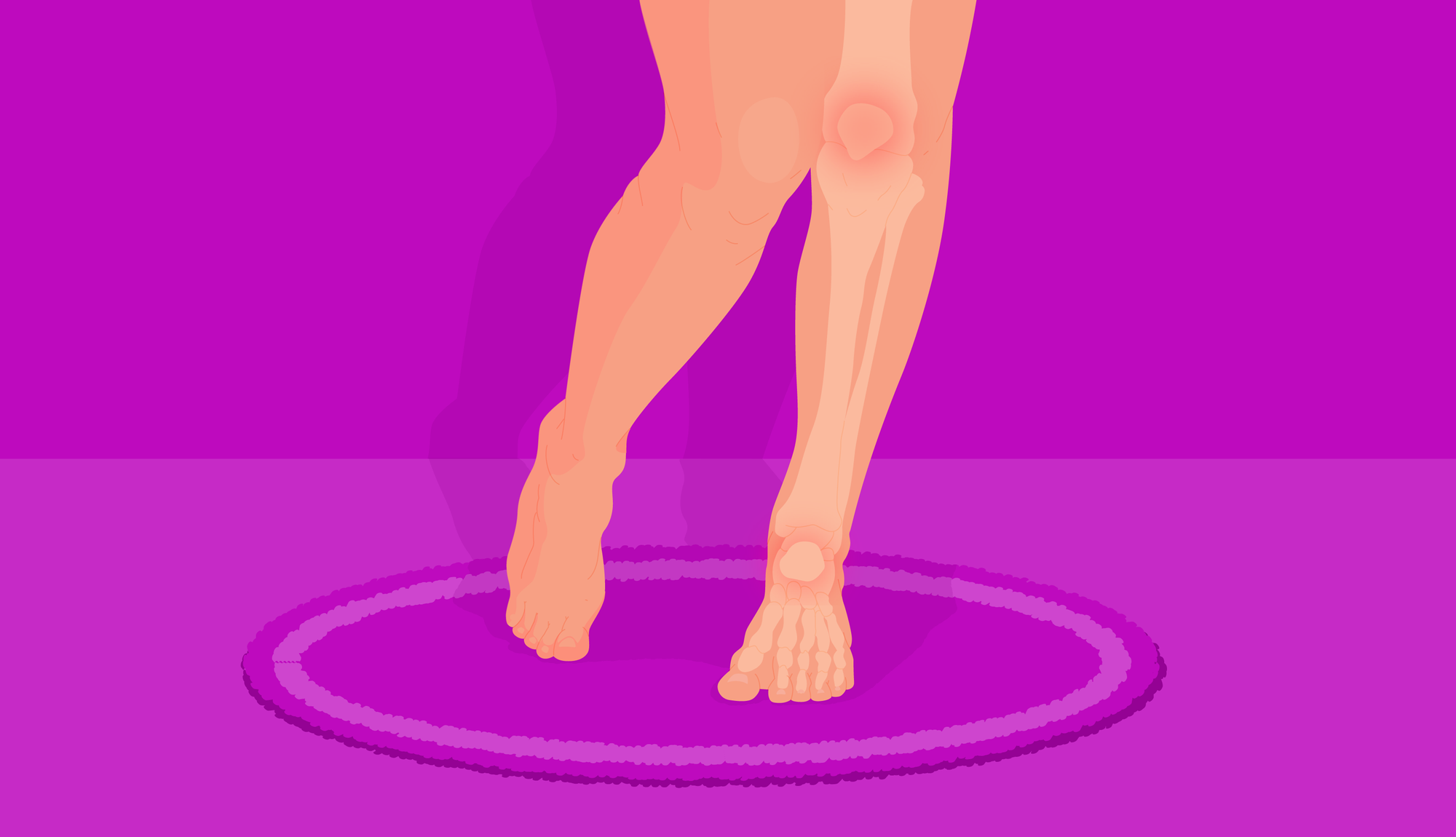Pain in the heel or the entire foot can be completely debilitating. Almost everything we do involves standing or walking, and our feet take the brunt of our weight while doing so.
This will exacerbate just about any condition that’s causing pain, making movement even more uncomfortable. The heel takes a lot of punishment in everyday life, even for those who work in offices and sit for the better part of the day.
This is because the structure of the heel is designed to protect the rest of the foot from impact. If you’re experiencing heel pain, it’s essential to rest with your feet up, and to seek medical attention to diagnose exactly what is causing the pain.
Table of contents
- Plantar fasciitis?
- Sciatica and foot pain
- Achilles tendonitis
- Calcaneal conditions
- Sever’s disease
- Bursitis of the foot
- Heel pain risk factors
This article by Megan at Findmyfootwear who specialise in getting runners into the right shoes for their feet explains common causes of foot and heel pain, and how it can affect your back too.
Let’s look at some of the most common causes of heel pain and what to do about them. Just remember, it’s important to get a trained medical professional to diagnose your particular problem and help you create a treatment plan.
Don’t assume and try to treat the issue yourself. You could do more harm than good. In all likelihood, your treatment plan will be slow, and take a fair amount of patience to get the desired results.
☝️DISCLAIMER☝This article is for informational purposes only. It is not intended to constitute or be a substitute for professional medical advice, diagnosis, or treatment.
Plantar Fasciitis
Traditionally, this was considered to be the inflammation of the connective tissue that runs from the big toe to the heel, underneath the foot. A newer theory is that it’s actually the thinning of this tissue that causes the pain.
The plantar fascia is an essential part of the foot because it keeps all the bones in the right place. If it becomes inflamed, or if it thins, the knock-on effect will be for the bones to move out of place, allowing the arch to flatten, and the foot to widen. The impact of this on the way you walk, and the entire alignment of your body can be huge if it isn’t treated in time.
Bone spurs and plantar fasciitis
Plantar fasciitis can also lead to painful bone spurs in the heel. These are less concerning for your overall well being, but they can be incredibly sore, and require surgery to get rid of. Spurs come from little bleeds in the heel as the plantar fascia tears repeatedly. Those bleeds sometimes calcify into bony growths that protrude from the heel.
Plantar fasciitis treatment
To treat plantar fasciitis, you need to stay off your feet as much as possible. Then, you’ll need to look into reducing inflammation in the foot through icing, massage, and physiotherapy. Stretching to increase mobility of the ligaments in the foot and ankle will help to ease the pain and help your foot recover.
Sciatica
The pain you feel in your foot may stem from an injury or problem elsewhere in your body. Sciatica can often radiate out from the back, down the legs, and cause pain in the foot. Your sciatic nerve is located in your lower back.

It can become compressed if there’s a problem in your spine like a slipped disc, or degradation in your lumbar spine. You can also damage or press on the nerve through a muscular injury in your lower back.
Sciatica signs and symptoms
If sciatica is the root of your foot pain, you are likely going to feel pain in your lower back too. Other symptoms you can watch out for include pins and needles running down the outside of the leg, or in the foot itself. Additionally, you may feel a numbness in the foot, or muscle weakness in the leg.
It’s important to get a medical professional to diagnose what is causing the problem in your lower back and create a specific treatment plan for your condition. Muscular injuries are a lot easier to fix than concerns in the spine, and it’s essential that you find out what the problem is.
In the interim, you can apply a topical treatment to alleviate the pain in your foot. Hot and cold compresses can help with inflammation, and a physiotherapist can massage and manipulate the affected area.
☝️TIP☝️Discover if you’re genetically predisposed to sciatica (and other health risks) with the Atlas DNA Test.
Achilles tendonitis
Tendonitis is when the tendon becomes inflamed, usually from overuse because of a repetitive action in a sport, or everyday life. The Achilles tendon is painful when it becomes inflamed because it’s the largest tendon in the body, and it’s used for almost all physical activities. The tendon connects the heel to the calf muscle, meaning it flexes with every step when walking or running.
Achilles tendonitis signs and symptoms
The pain is usually felt at the back of the heel, where there’s less space for this already thick tendon to move if it becomes inflamed. The condition starts with a stiff feeling in the back of the heel, which pulls up into the calf muscle.

This will progress to pain that only intensifies if the tendon isn’t given a chance to rest and recover. As it gets worse, you may see a slight swelling along the length of the tendon, which can come and go after an exercise session.
It’s important to catch Achilles tendonitis early because it can progress into tendinosis, which is a chronic condition and far more difficult to treat. Tendinosis is a degenerative condition and has led to the tendon tearing or rupturing in severe cases.
Achilles tendonitis treatment
Treatment of tendonitis always starts with rest, particularly rest from the repetitive action that caused it. This means you will need time off from the sport you play or the fitness regime you follow.
Stretching and strengthening of the area is also recommended, but only under the guidance of a medical professional like a physiotherapist. This is because you need to start slowly and carefully to avoid causing more damage. Surgery may be needed as a last resort, if your symptoms don’t go away after six months of resting and rehabilitation.
Calcaneal conditions
The calcaneus is the heel bone, which sticks out backwards from the ankle joint. There are two common conditions that are associated with this bone.
Sever’s disease
The first is Sever’s disease, which is largely experienced by children between the ages of 9 and 12. Active children who are going through a growth spurt are likely to experience pain at the back of the heel as the growth plate of the bone gets irritated.
Sever’s disease treatment
Treatment for this is the usual rest, stretching, and icing for inflammation. If you can take some time to let the irritation die down, the pain shouldn’t recur.
Bursitis of the foot
The other calcaneal condition is bursitis. This is when the bursa becomes inflamed from spending too much time on your feet. Just one long day can cause this condition. The bursa is a little sac of fluid that lines the heel and ankle joint to allow the tendons and muscles to move around all the bones smoothly.

When it gets inflamed, you will probably feel a pain similar to that of a bruise at the back of the heel, and sometimes you can see a slight puffiness or swelling in the same area.
Bursitis treatment
Again, the treatment for this condition is rest, as well as icing to bring the inflammation down. In extreme cases, a physio may recommend cortisone injections to alleviate the pain and reduce swelling.
Are you at high risk of heel pain?
While no one is entirely immune, some people are more likely to experience heel pain than others. These include:
- Those who increase the intensity of workouts or training—specifically in high-impact sports like running.
- People who are overweight or obese.
- Women during pregnancy particularly towards the end of the gestation period.
- Children going through rapid growth spurts—boys between the ages of eight and 13 are the highest risk.
- People who regularly spend long hours on their feet, either standing or walking.
While heel pain can debilitate, there are ways to treat it depending on the cause and condition. By consulting a medical professional and embarking on an appropriate treatment plan, you should be on the right path to getting back on your feet—pain-free.


















